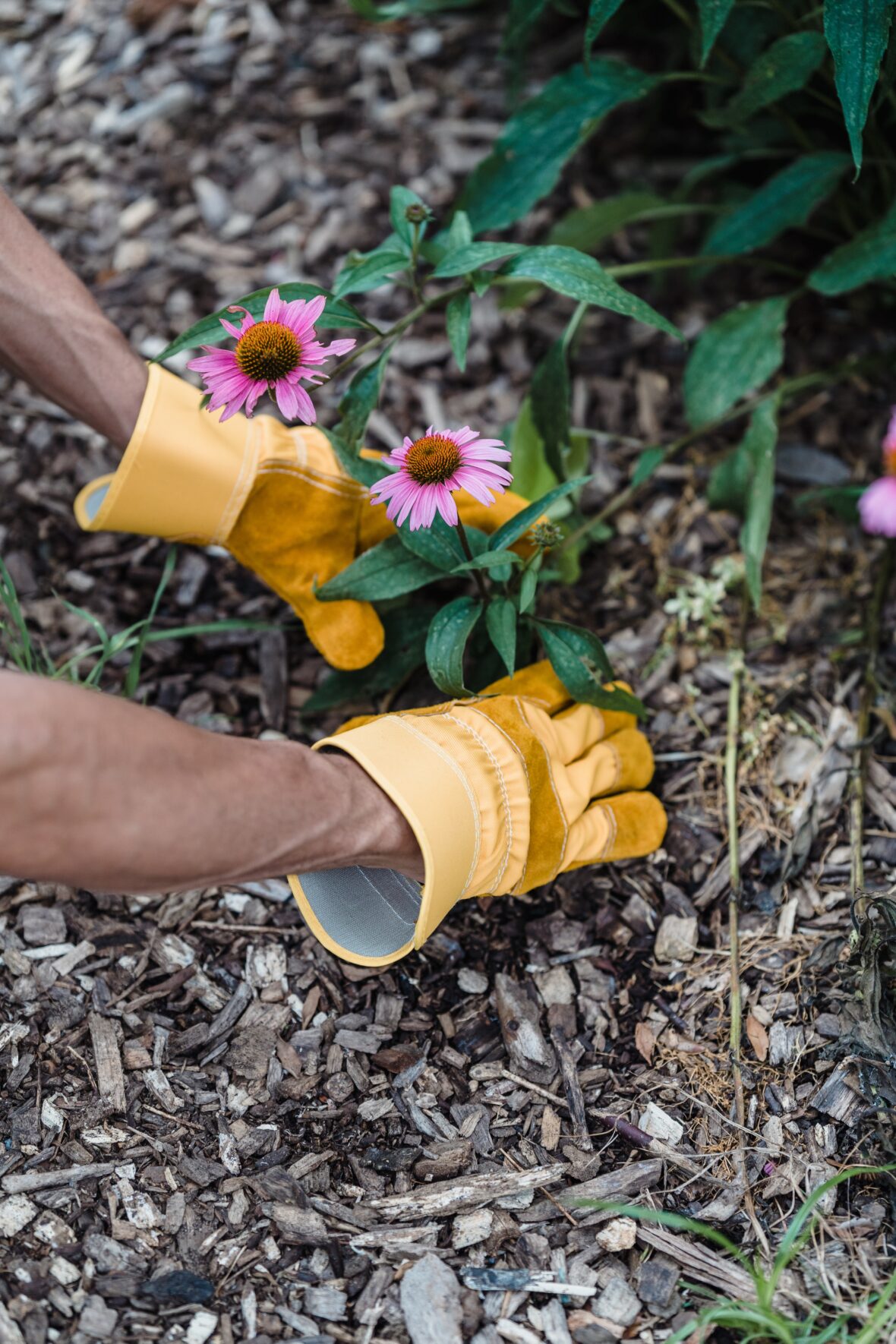Most of us garden to relax and enjoy the outdoors. However, gardening could land you in the hospital. According to the U.S. Consumer Product Safety Commission (CPSC), an estimated 400,000 people are hurt in their gardens each year from lawn or garden tools, and thousands more are hurt from the act of gardening – bending, stooping, reaching and grasping.
„Gardening can be an ergonomic nightmare,” explains Josh Kerst, vice president and ergonomics engineer at Humantech. Maintaining awkward movements and body positions – such as bending and twisting – for long periods of time eventually can wear out the body and cause discomfort. If you have done any amount of gardening, you have felt it: sore wrists, low back pain, neck pain or just all-around body aches.
Gardening should not hurt. As a gardening enthusiast himself, Kerst outlines some common things gardeners should do to prevent injuries.
 Gardeners should know that having the right tools is key to maintaining the energy required to work outside and to remain injury-free.
Gardeners should know that having the right tools is key to maintaining the energy required to work outside and to remain injury-free.
· To avoid lifting, rake leaves onto a canvas tarp. When the tarp is full, pull it to the desired location and unload it.
· Always use gloves (knee pads can be used too) to provide padding and to prevent cuts and scrapes. Gloves should be form-fitting; thin gloves are preferred. Too much padding will reduce grip strength.
· Use ergonomic tools, but be aware that just because the tool is labeled „ergonomic” does not mean it is. If the tool feels good in the hand, it probably is.
· Pay attention to handle diameter, size and weight. Telescopic and pistol-grip handles require less energy to perform work; a curved handle provides more leverage with less wrist stress because it is designed to fit the natural curve of the hand.
· Maintain tools by keeping them sharp. A dull blade will require more effort and force and could lead to injury.
Keep Your Work in the „Comfort Zone”
According to Kerst, „All work should be kept in the comfort zone (as close to the body as possible) to eliminate or reduce unnecessary movements such as reaching, lifting and extending. The comfort zone is similar to the baseball strike zone (knees to shoulders at roughly an arm’s reach distance away from the body).
„The farther you reach from the center of your body, the higher force you will experience,” explains Kerst.
Regardless of the task, ergonomics is the practice of fitting the job to the person. Injuries occur when people begin to work outside their capacity. Here are some ways to keep the work in the neutral state:
· Keep elbows below heart level as much as possible. Use of long-handed tools or take periodic breaks to keep your body in a comfortable position.
· Avoid working with your thumbs pointing toward the ground. This arm position „wings” your elbow out to the side, reducing your applied strength and adding stress to the body.
· Work with wrists in a neutral position: straight – in line with the forearm – and with thumbs up. Remember to hold objects with a light grasp or grip.
· Avoid fine-motor repetitive movements such as pinching and pulling (often with the index finger and the thumb).
· Try to limit your continuous extended reaches to fewer than 10 to 15 seconds. Take short breaks between segments to prevent injury and overexertion.
· Minimize the time spent working with your head and neck in an extended position (looking up). Take periodic breaks to avoid fatigue.
Finding ways to keep work in the comfort zone puts our work directly in front of us, where we are strongest, have the best dexterity and visual acuity and can work in neutral postures.
Sursa: EHS Today




